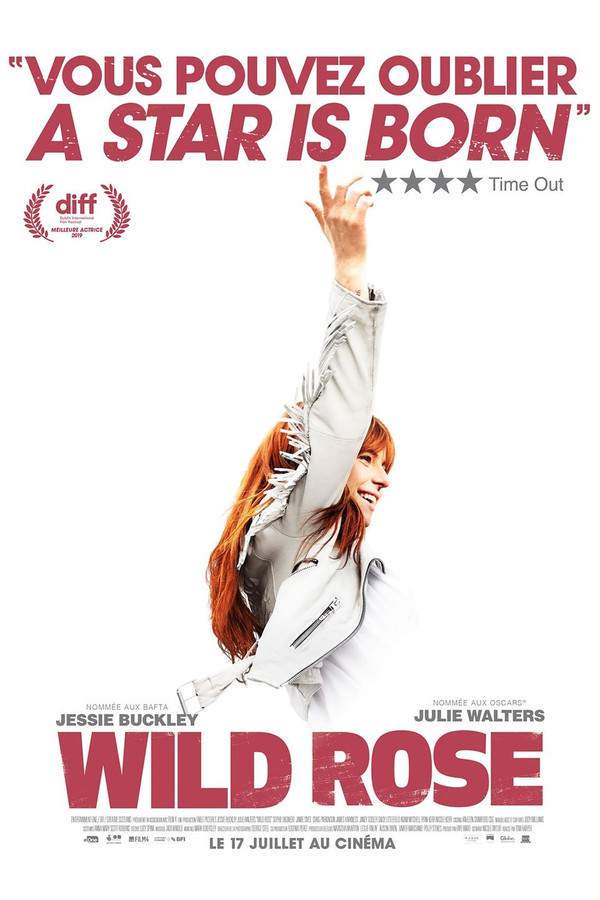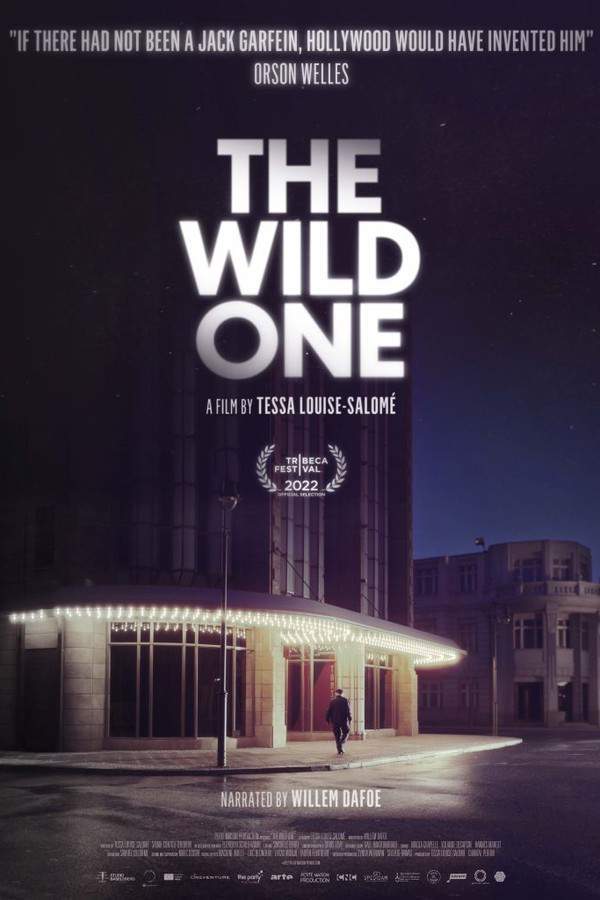
Wild in the Streets
Year: 1968
Runtime: 94 mins
Language: English
Director: Barry Shear
Musician Max Frost supports a Senate candidate who proposes lowering the voting age to 18, then pushes further, urging his teenage fans to demand suffrage for 15‑year‑olds. Inspired, the crowd pressures officials, seizes influence, and begins championing new causes, but their hunger for power spirals into a brutal generational conflict.
Warning: spoilers below!
Haven’t seen Wild in the Streets yet? This summary contains major spoilers. Bookmark the page, watch the movie, and come back for the full breakdown. If you're ready, scroll on and relive the story!
Wild in the Streets (1968) – Full Plot Summary & Ending Explained
Read the complete plot breakdown of Wild in the Streets (1968), including all key story events, major twists, and the ending explained in detail. Discover what really happened—and what it all means.
Max [Christopher Jones] Frost is a popular rock singer and aspiring revolutionary who leads the Troopers, a band that lives with him in a sprawling Beverly Hills mansion alongside their entourage. The lineup includes Billy Cage [Bill Mumy], a brilliant 15-year-old attorney on lead guitar, Sally LeRoy [Diane Varsi] on keyboards, Abraham Salteen on bass, and Stanley X [Richard Pryor] on drums. Their music carries a provocative message, noting that a majority of the population is 25 or younger, signaling a nation tilted toward youth.
When Max is invited to sing at a televised rally for Senator Fergus [Hal Holbrook], he and the Troopers perform, but Max steals the show by proposing that the voting age be lowered to 14. He closes with an improvised anthem that becomes a rallying cry:
“Fourteen or Fight!”
The crowd erupts, and within 24 hours protests spread across cities nationwide. Fergus’s advisers urge denouncement, but the candidate chooses to back the demonstrations and demand a bargain: Max and his group should compromise, accept a voting age of 15, stay within the law, and urge the demonstrators to go home peacefully. Max agrees, and the two appear together on television the next day, adopting the tamer slogan “Fifteen and Ready.”
The momentum pressure-cooks into policy as states move to lower the voting age in quick succession. Sally LeRoy [Diane Varsi], the eldest member of the group and the only one of majority age to run for office, is elected to Congress. Her victory sets the stage for a dramatic shift in constitutional math, and Sally introduces a bold amendment to lower age requirements for national office to 14, reviving the momentum of the movement. A joint session of Congress is convened, and the Troopers—joined by Fergus’s son, Jimmy [Michael Margotta]—help tilt the vote by spiking Washington, D.C.’s water supply with LSD and providing all Senators and Representatives with teenage escorts.
As teens seize influence, the entrenched “Old Guard” turns to Max to run for president. He grudgingly campaigns as a Republican, and once in power, he begins to reshape society in sweeping ways: retirement at 30 becomes mandatory, and those over 35 are rounded up, sent to “re-education camps,” and permanently dosed with LSD. Fergus tries to intervene by contacting Max’s parents and even attempts an assassination. The plan backfires; Fergus flees Washington, D.C., with what remains of his family, only to be quickly rounded up.
With youth now commanding political and economic life, nations around the world see parallel revolutions: prodigies and computers manage the gross national product, surplus grain is shipped free to developing nations, and the FBI and Secret Service are dissolved. Yet a new challenge lurks on the horizon: pre-teen children begin to test the new order. When a young girl learns Max’s age—now 24—she declares, “That’s old!” The moment a crawdad, once a pet to several kids, is killed by Max and he is seen mocking their power, a child voices the fear that a younger generation will push everyone over a certain age out of business.
In this satirical arc, the movie traces how a cultural push for youth reshapes governance, ethics, and society at large, all while raising questions about power, obedience, and the boundaries between reform and upheaval.
Last Updated: October 09, 2025 at 11:25
Unlock the Full Story of Wild in the Streets
Don't stop at just watching — explore Wild in the Streets in full detail. From the complete plot summary and scene-by-scene timeline to character breakdowns, thematic analysis, and a deep dive into the ending — every page helps you truly understand what Wild in the Streets is all about. Plus, discover what's next after the movie.
Wild in the Streets Timeline
Track the full timeline of Wild in the Streets with every major event arranged chronologically. Perfect for decoding non-linear storytelling, flashbacks, or parallel narratives with a clear scene-by-scene breakdown.

Similar Movies to Wild in the Streets
Discover movies like Wild in the Streets that share similar genres, themes, and storytelling elements. Whether you’re drawn to the atmosphere, character arcs, or plot structure, these curated recommendations will help you explore more films you’ll love.
Explore More About Movie Wild in the Streets
Wild in the Streets (1968) Scene-by-Scene Movie Timeline
Wild in the Streets (1968) Movie Characters, Themes & Settings
Wild in the Streets (1968) Spoiler-Free Summary & Key Flow
Movies Like Wild in the Streets – Similar Titles You’ll Enjoy
Wild Rose (2019) Detailed Story Recap
The Wild One (1954) Detailed Story Recap
Wilding (1990) Story Summary & Characters
Wild Thing (1987) Film Overview & Timeline
Street of No Return (1989) Spoiler-Packed Plot Recap
The Wild Ride (1960) Ending Explained & Film Insights
Wild Boys of the Road (1933) Story Summary & Characters
Running Wild (1955) Full Movie Breakdown
Wild, Wild Winter (1966) Movie Recap & Themes
Wild Guitar (1962) Complete Plot Breakdown
Wild Seed (1965) Detailed Story Recap
Wild Riders (1971) Full Summary & Key Details
Untamed Youth (1957) Complete Plot Breakdown
Wild Company (1930) Full Movie Breakdown
Young and Wild (1958) Full Summary & Key Details

















